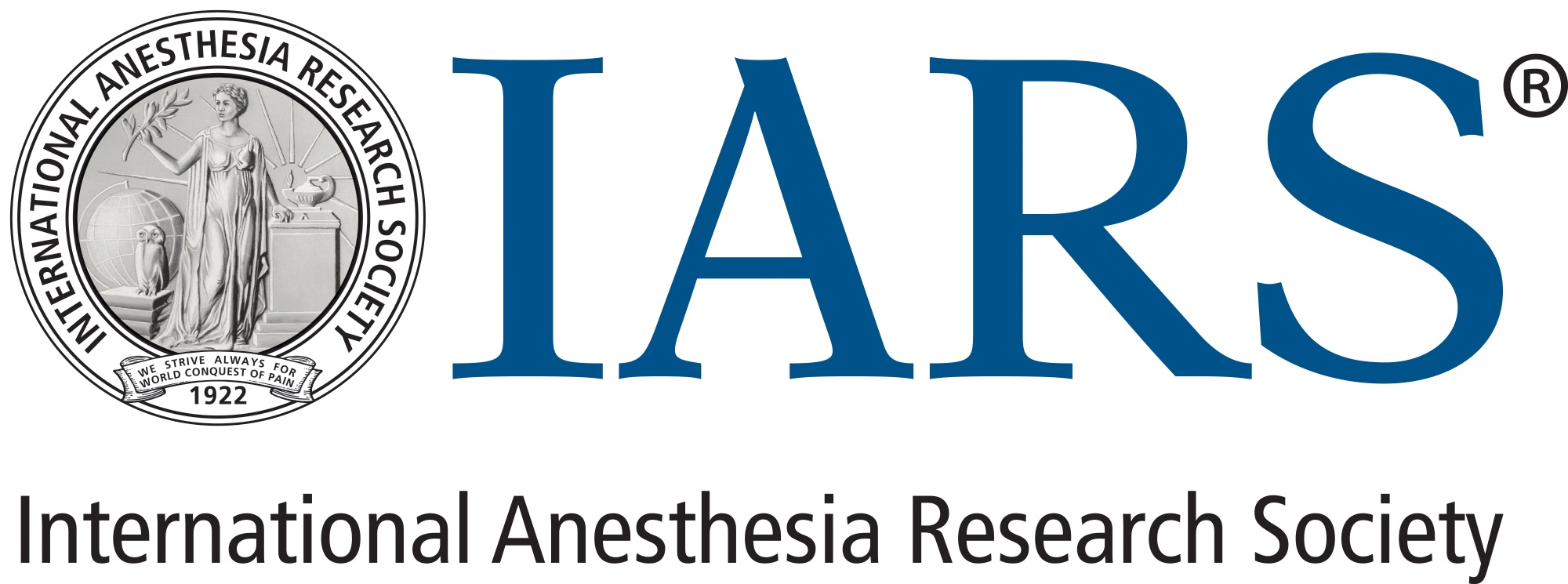The Rungs of Independence: Constructing the Ladder of the Early Career Research Program
Archana Bharadwaj, MD, MPH, CHES
As a new researcher, building the ladder to independence can be daunting. In “Establishing an Early-Career Research Program: Reflections from Established Investigators,” a session cosponsored by the Early-Stage Anesthesiology Scholars (eSAS) as part of the Scholars’ Program during the 2024 Annual Meeting, presented by IARS and SOCCA, three successful researchers shared their insights into the necessary elements for building a rewarding early-career research program on Saturday, May 18.
The panel was moderated by Allison Janda, MD, assistant professor of anesthesiology at the University of Michigan.
Paul Riegelhaupt, MD, PhD, assistant professor of anesthesiology at Weill Cornell Medical College and Associate Director of the Van Poznak Anesthesiology Research Scholarship discussed “The Basics of Building a Basic Science Laboratory.” He highlighted four major lessons: 1) planting graduate-school roots, 2) finding collaborators, 3) staffing your lab, 4) finances and equipment, and 5) funding.
First, forming a good foundation in the clinical world is fundamental and helps build relationships with colleagues that can be supportive as the balance between clinical time and research time fluctuates. In conjunction, you need to build a reputation in the basic sciences field through forging connections with graduate colleagues. Second, collaboration is key to success and carving the pathway to independence. Third, as you put together your laboratory, bringing together people at different stages of training can promote group harmony, create a natural hierarchy, and help scale projects based on skill and timeframe. Fourth, you can streamline costs by using your mentor’s equipment and buying additional materials on an as-needed basis. If equipment is insufficient, NIH equipment supplements are an option. Fifth, a researcher’s time is the most valuable resource, so prioritizing effort in the grant is key.
Rebecca Aslakson, MD, PhD, FAAHPM, FCCM, chair and professor of the department of anesthesiology at University of Vermont Medical Center, built upon this discussion in her presentation titled, “From Pilot Studies to Leading Large Clinical Studies: What It Takes to Develop a Clinical Research Program.” In picking your research team, you need people who understand your vision. Key features include people whose communication style matches yours and are invested in you.
Senior mentors can be a valuable resource in being able to see the big picture. Funding comes in three categories: local, which includes intramural and pilot awards; national/specialty-specific funding; and national/broad funding. As you progress through these funding categories, the funding becomes more competitive, but it also increases your ability to cover salaries and other study costs. With regards to governance, consider the organization of team members, which may include a steering committee, data monitoring, and authorship guidelines. For finances, the investigator may be the only consistent source of project knowledge, which requires being meticulous about project finance. Clinical research requires working with people, so, in the words of J. Randall Curtis, it is key to “work with people you like, maybe even love.”
To wrap up the panel, Meredith C. B. Adams, MD, MS, FASA, FAMIA, associate professor of anesthesiology, artificial intelligence, translational neuroscience, and public health sciences at Wake Forest University School of Medicine and an IARS trustee presented, “Enabling Informatics, Health System, and Outcomes Research.” Her focus was on tips for successfully applying for grants. Her advice included reading the instructions, letting the grant organization the opportunity to review your research, and being adaptable.
International Anesthesia Research Society
